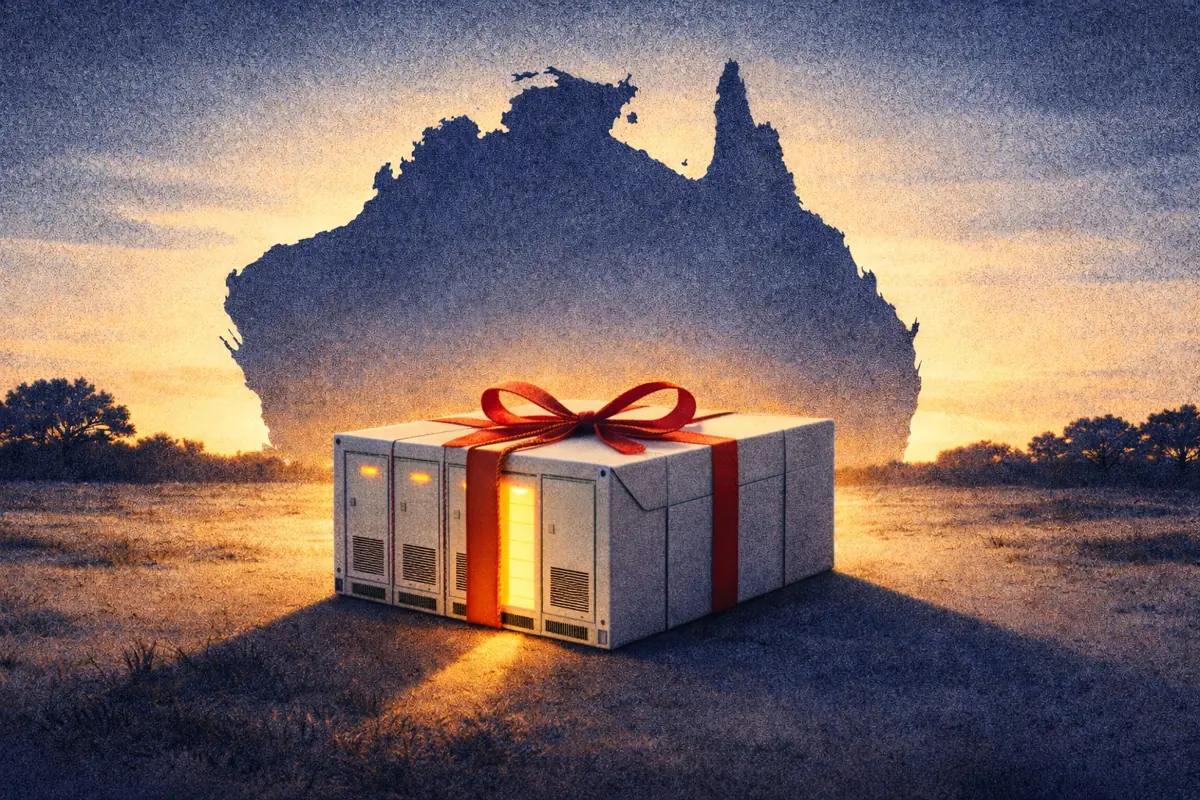FCAS saturation: how this is hitting BESS revenues in the NEM
FCAS saturation: how this is hitting BESS revenues in the NEM
When battery energy storage systems first appeared in the Australian NEM, most of their earnings came from providing frequency control ancillary services, or FCAS. However, battery FCAS revenues have steadily decreased from $384k/MW/year in 2020 to just $11k/MW/year in the first four months of 2025. This is an over 97% decrease in just a few years.
This article analyses the fall in battery FCAS revenues: how much revenue and prices have fallen across the different services, the effects of new market participants like batteries and demand-side response (DSR) on the FCAS markets, and the impacts of FCAS bidding strategies.
Executive summary
- FCAS revenues earned by batteries in January-April 2025 were $11k/MW/year, less than 3% of 2020 revenues.
- This fall has been down to the saturation of FCAS markets, in particular from increasing low-cost battery and DSR participation. FCAS contingency prices are now averaging under $1k/MW/h in all services.
- Local FCAS contingency requirements, especially in Queensland, have seen prices spike and delivered significant revenues to batteries. However, saturation is hitting this too with over 500 MW of BESS capacity live in the state.
- The new low-price world of FCAS contingency should prompt operators to reassess bidding strategies - especially during energy price spikes.
FCAS prices and revenues have fallen significantly in 2025
The first grid-scale batteries in the NEM earned significant revenues from providing FCAS, but this is no longer the case in 2025. In 2020, NEM batteries earned $384k/MW/year from FCAS provision. This was an exceptional year for FCAS revenues, thanks to a South Australian islanding event driving up FCAS prices in the state.
Already a subscriber?
Log in







